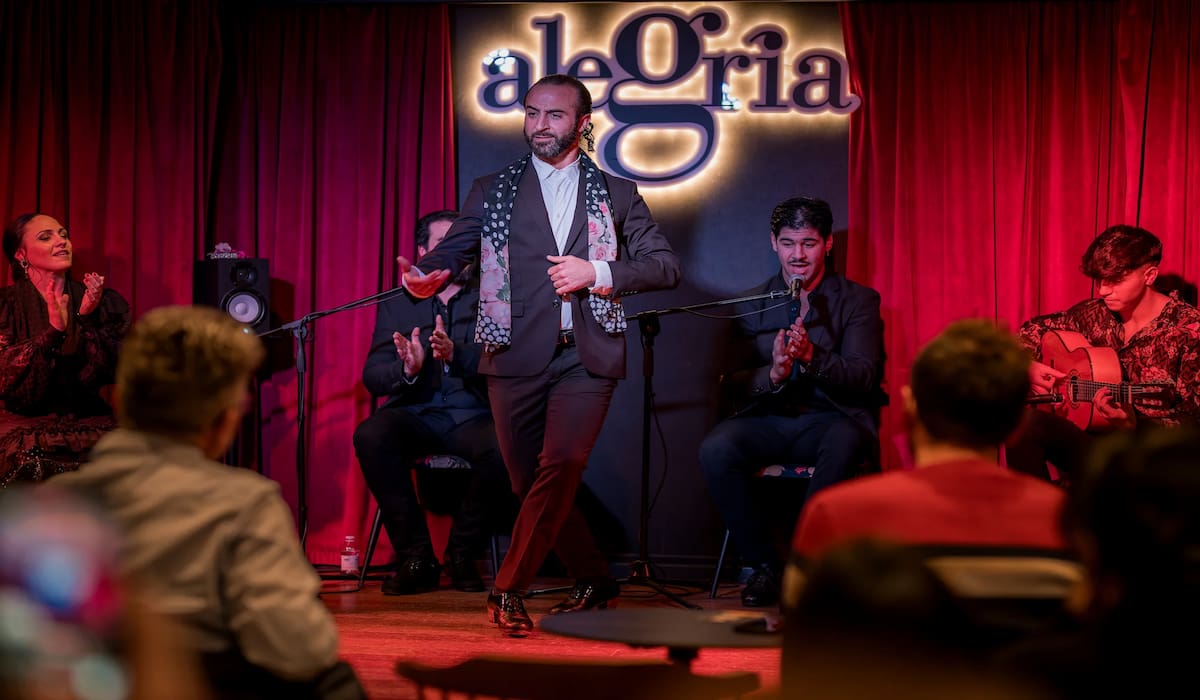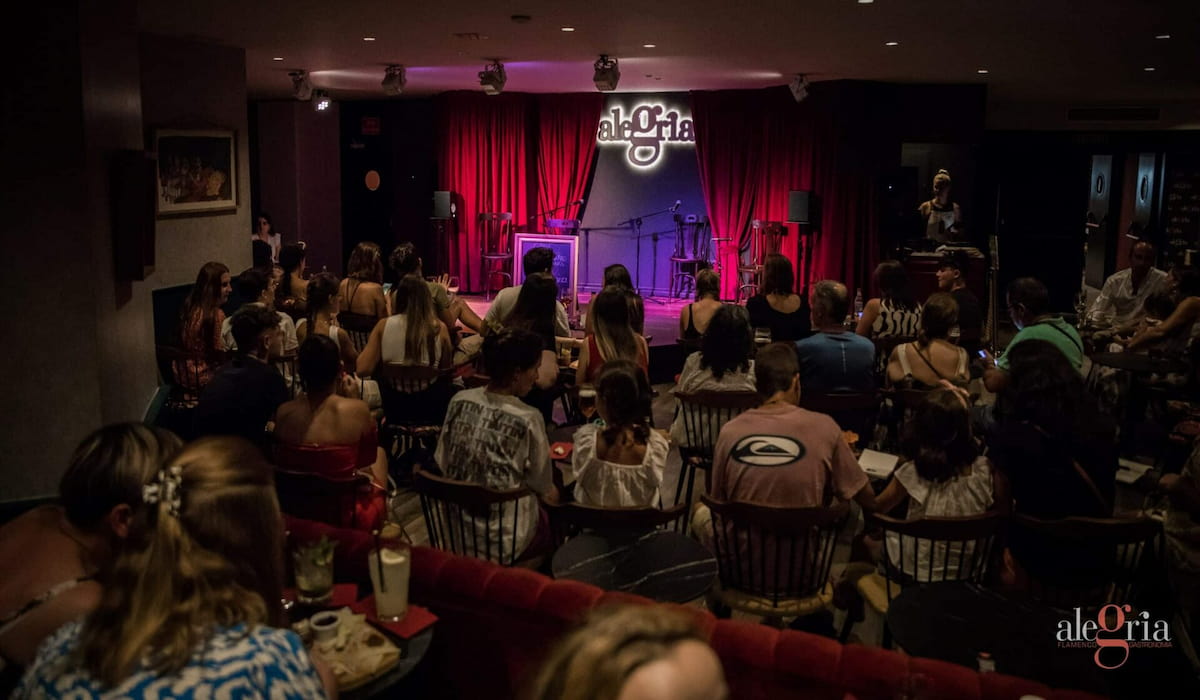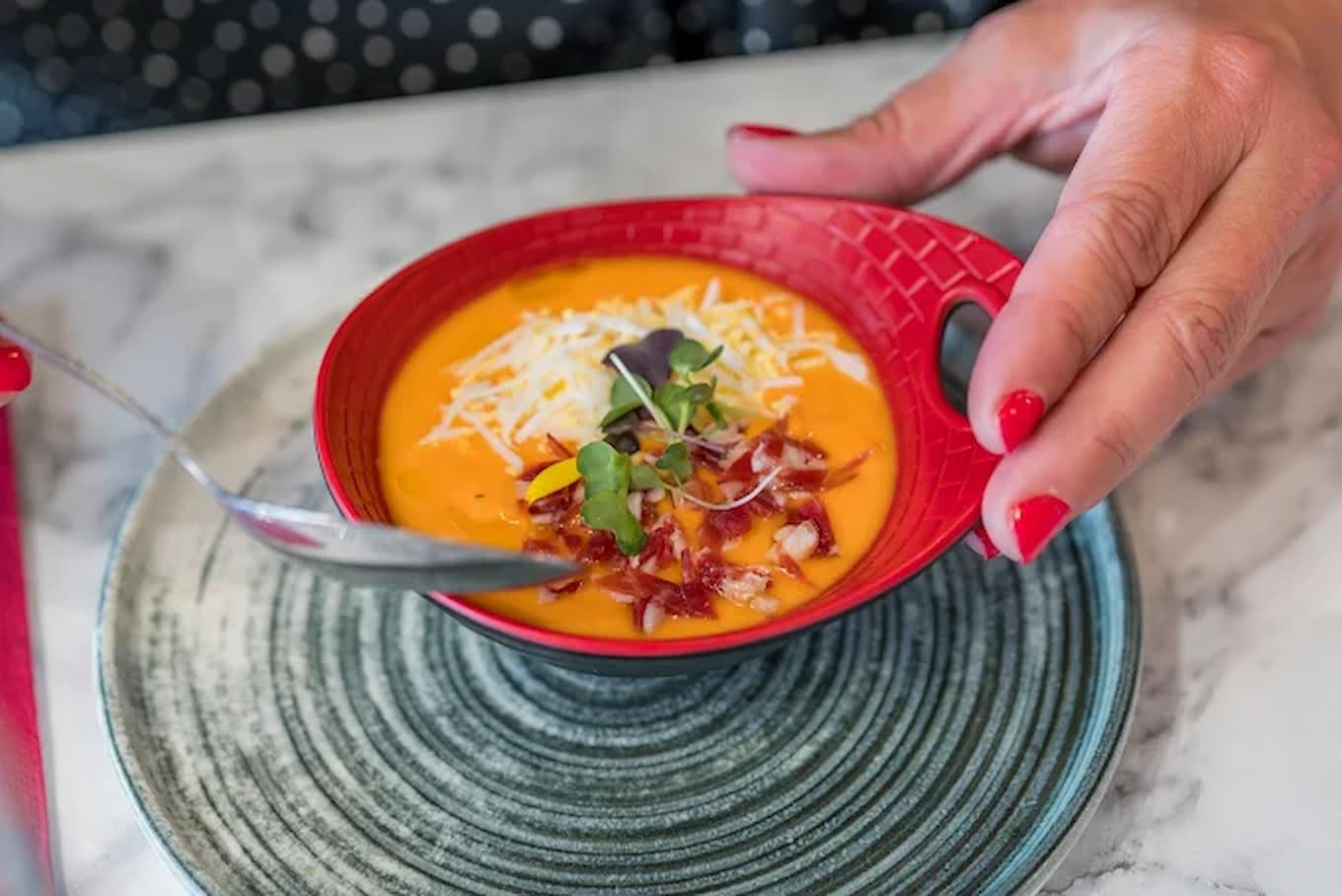Perhaps you’ve been to a flamenco show and noticed how the artists clap their hands on stage. You may have realized how difficult it can be to keep up with their rhythm, and indeed, its execution is as complex as it seems.
What are flamenco palmas?
Flamenco hand clapping is a percussive accompaniment that marks the rhythm, both for singing and flamenco dancing. The sound of the clapping is produced by hitting the fingers of one hand against the palm of the other, thus making both palms sound. The clapping can be performed on the beat or off-beat, but it’s important not to clap out of time, as this can break the rhythm and confuse the dancer.
Good hand clapping can perfectly substitute a musical instrumental accompaniment. In fact, a skilled hand clapper can maintain tempo and accentuate the claps at the beginning or end of phrases, accompanying the dance and guitar.
Types of Flamenco Hand Clapping
There are two types of flamenco hand clapping: simple claps and redoblás (doubled claps). Depending on the desired sound or the rhythm being executed, one or the other is used.
The difference between the claps lies in the placement of the hands, as the sound they emit when struck changes greatly depending on their position.
Simple Claps
Simple claps can be divided into muted or sonorous claps:
-
- The sound of muted simple claps is obtained by cupping the palms of both hands when striking them together, and they help mark the rhythm for the singer. Cupping the hands allows the singer’s voice or the guitar sound not to be drowned out.
- Sonorous simple claps (also called dry, strong, or sharp) accompany any singing and are usually used to accompany falsetto with the guitar. Sonorous claps are used when we want to be heard with intensity.
Redoblás Claps
Redoblás or encontrás claps go off-beat with the claps that carry the rhythm, the simple ones. This type of clapping requires a more advanced technique, as it involves a faster and continuous movement. They are used to accompany moments or shows of greater musical intensity.
Characteristics of Flamenco Hand Clapping
The clapping is often accompanied by the sole of the foot, something that artists usually do.
The most difficult aspect of hand clapping is having the ability to continue for minutes on end playing the same rhythm without losing tempo and maintaining the claps always the same.
Hand clappers are the specialists in this technique and practice for many hours to make the most of this art.
It’s very important to count the beats when clapping, to do it correctly, it’s essential to pay attention to the rhythm of each flamenco style.
How to Learn Flamenco Hand Clapping
As you’ve seen, hand clapping is an art that requires a lot of knowledge, but above all, a lot of practice. Not everyone can do it; it’s important to have a good sense of rhythm and a great capacity to adapt to improvised changes that may arise throughout a performance. That’s why it’s essential to be very familiar with flamenco.
Now that you know how to distinguish the different types of flamenco clapping, you’ll have to test yourself in a flamenco environment. There’s no better way to observe and learn more about flamenco clapping than as a spectator at a flamenco show. Come see how our artists clap in a complete flamenco show at Alegría Flamenco Gastronomía. Additionally, you’ll have the opportunity to taste Malaga’s cuisine while enjoying the show.




